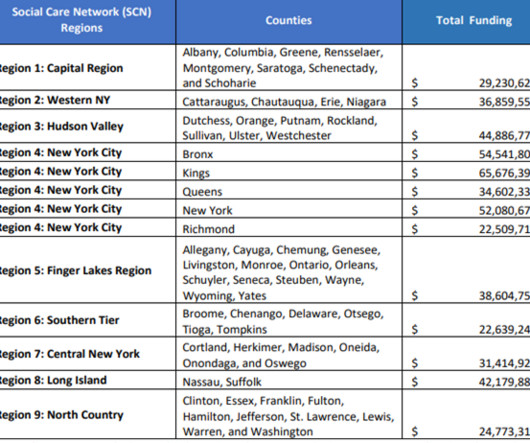What You Don’t Know About Your Patients Could Cost You
HIT Consultant
FEBRUARY 9, 2022
Healthcare spending is projected to exceed $6 trillion by 2028 , largely driven by rising costs of care for an aging population and the growing number of Americans suffering from chronic physical conditions such as pulmonary disease, diabetes and hypertension. Sheila Talton, CEO of Gray Matter Analytics. Leverage Advanced Analytics.












Let's personalize your content